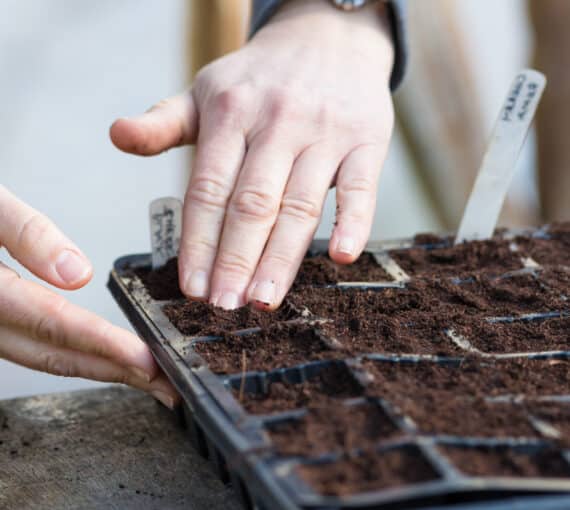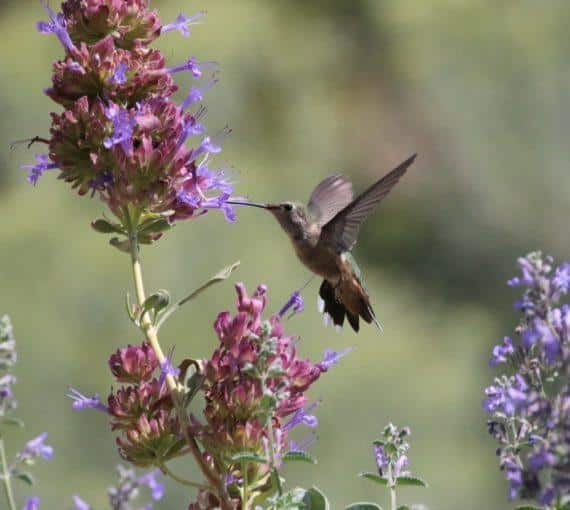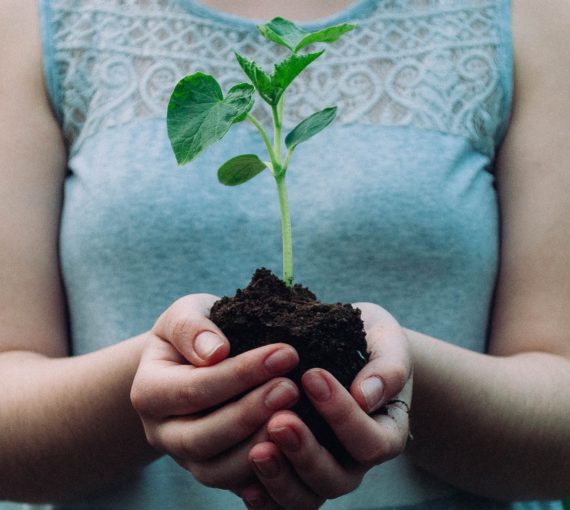
Ontario has a variety of native wildflowers and plants favoured by pollinators, including native New England aster.
What may seem like a small contribution — a tiny flowerpot or garden patch of native wildflowers — can provide valuable habitat for Ontario pollinators such as hummingbirds, bees and butterflies.
Native wildflowers are adapted to local climate and soils and require less care and watering once established. They provide sugar-filled nectar and protein-rich pollen for beneficial insects such as local butterflies and wild bees. Always try to find local sources for native plants.
Pollinators of Ontario
It’s important to understand the impact pollinators have on nature and the economy in Ontario. Pollinators maintain biodiversity, support plant reproduction and provide many other ecological services.
All pollinators have an essential, often-overlooked role in our economy. By pollinating many crops humans consume and trade, they’re essential to our food security. Scientists estimate that approximately 75 per cent of the world’s flowering plants and 35 per cent of global food crops depend on animal pollinators to produce.
Fun fact: More than 800 bee species are native to Canada and more than 400 of those are in Ontario! The province is a bee diversity hot spot. In fact, Toronto was Canada’s first “Bee City.”
A University of Toronto researcher developed a website to identify corporate “bee-washing,” when companies mislead consumers to buy products or subscribe to services under the pretense of helping bees, or as a marketing spin to improve their public image.
To thrive, pollinators need food and shelter. Help them support you — create a pollinator paradise!
How to get started
Find your eco-region’s native plants and wildflowers
Planting native plants and wildflowers supports local pollinators that have evolved to depend on those species for food and habitat.
Source native seeds and plants
Seeds can be organic (grown without synthetic fertilizers and pesticides), non-GMO (cultivated through pollination, not in a lab), open-pollinated (by nature e.g., insects, birds, wind, humans), heirloom (with an open-pollinated heritage) and rare. Look for native plants in local nurseries!
Start a pollinator paradise
A manicured lawn is not pollinator-friendly. But a yard, community garden, patio or window box filled with native plants can be a pollinator paradise.
Why choose native plants and wildflowers?
Native plants and wildflowers have evolved in this climate for generations. By creating a naturescape (native plant garden), you’ll help solve pollinator habitat loss. By avoiding expensive fertilizers and toxic pesticides, you’ll save time and money.
Native wildflowers and plants of Ontario
Ontario has a variety of native wildflowers and plants favoured by pollinators, including:
- Black-eyed Susan
- Canada goldenrod
- Purple-stemmed aster
- Swamp milkweed
- Wild bergamot
- Wild strawberry
… and more!
Want to take another step?
Determine which ecoregion you live in and plant native wildflowers and plants specific to that area. Each ecoregion has unique ecological characteristics and, though many plants and wildflowers are native to multiple ecoregions, you may discover one that only grows where you live!
What’s an ecozone or ecoregion?
Canada has 20 ecozones (15 terrestrial and five marine) based on differences in climate, geology, landforms, vegetation and wildlife. They help identify and manage unique ecological regions.
Within each ecozone are ecoregions defined by a characteristic range and pattern in climatic variables.
Ontario’s three terrestrial ecozones are the Hudson Bay Lowlands, Ontario Shield and Mixedwood Plains. Within these are 12 ecoregions.
We don’t have planting guides for each ecoregion, only for the most densely populated areas. For more resources and plant lists visit Pollinator Partnership Canada.
POLLINATOR PLANTING GUIDES FOR ONTARIO
The Butterflyway Project
The Butterflyway Project is a volunteer-led movement that is growing habitat for bees and butterflies in neighbourhoods throughout Canada.



